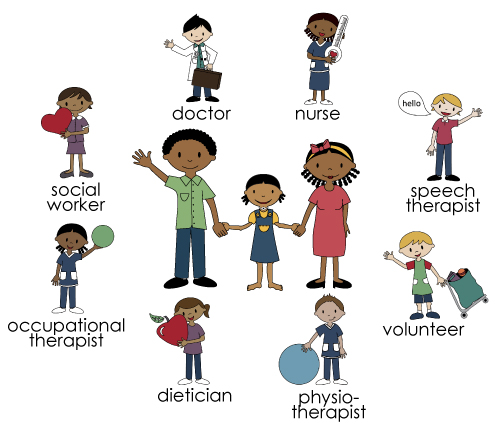The Breatheasy Way
In most cases, training begins before the tracheostomy. Once the surgery has been performed, a nurse-led multi-disciplinary team rallies around the child and parents with medical and rehabilitative care.

The Breatheasy process unfolds over 4 stages:
Stage 1
In most cases, training begins before the tracheostomy. The inclusion of the parents starts when a child arrives at the hospital, as the programme’s most important first step is to gain the confidence and commitment required by the families involved.
Stage 2
As soon as a child returns from ICU, a nurse-led multi-disciplinary team rallies around the child and parents with medical and rehabilitative care. The mother/caregiver receives practical training in the daily routine of cleaning, changing and suctioning the child’s tracheostomy, as well as in emergency procedures in the event of complications. These tasks are first modeled, then supervised by paediatric nurses, and further supported by training manuals and teaching equipment.

Stage 3
When the patient is medically stable and the parents’ training is complete, a nursing sister accompanies each and every patient back home to settle them and install the donated equipment – which has been individually adapted to the structural constraints – reassure the family and brief the local clinic and school in the event of emergencies.
Stage 4
Every patient leaves the hospital with a Breatheasy schedule of regular monthly follow-up visits, as well as emergency numbers to call at any time for help or advice. This extends the relationship between the Breatheasy and the patients’ families over many years, and there are an average of 100 children in the Breatheasy Family in any given year.
